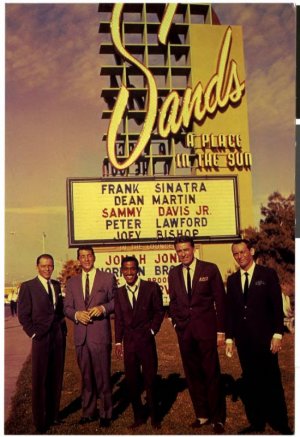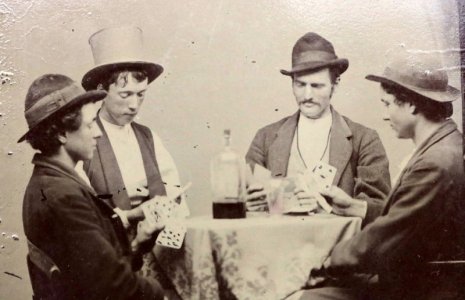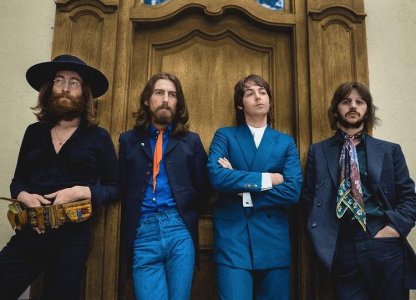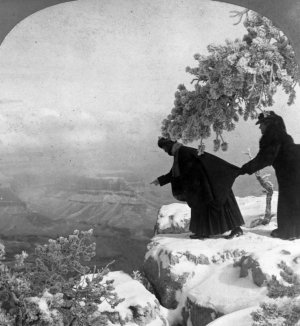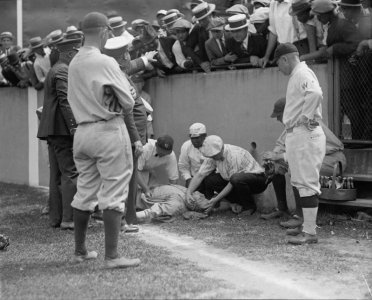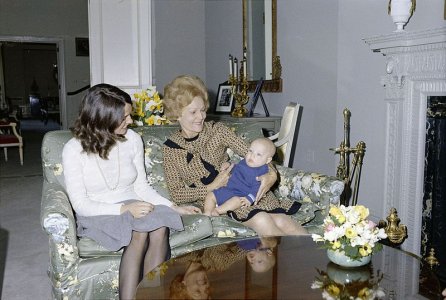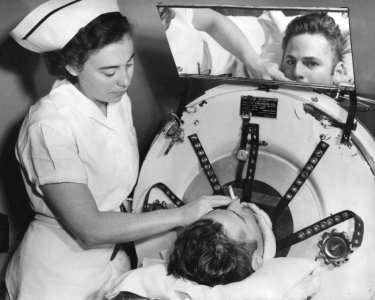You are using an out of date browser. It may not display this or other websites correctly.
You should upgrade or use an alternative browser.
You should upgrade or use an alternative browser.
History, anything goes, including pictures
- Thread starter mellowyellow
- Start date
"'In the days when Las Vegas began to become popular, the black performers could play in showrooms, but they couldn't stay in the hotel. And it was Frank Sinatra who went to the board of directors, who had rather shady pasts, and he said, 'Are you guys going to come into the twentieth century, or aren't you?'...Somebody said 'Well, we have white people, we have black people.' Sinatra, the story goes, said to them, 'The money is green. How about that?' And they began to look at each other and the wheels were turning, and because of Sammy, Las Vegas became integrated." Frank Sinatra, Jr. on his father
https://moazedi.blogspot.com/2016/01/sammy-davis-jr-performs-and-takes-swim.html
https://moazedi.blogspot.com/2016/01/sammy-davis-jr-performs-and-takes-swim.html
mellowyellow
Well-known Member
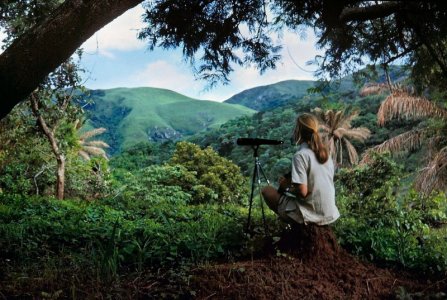
Self portrait by Jane Goodall taken during her early days at Gombe in Tanzania. She said “This was taken in I think 1962. I was on my own, very high up in the hills and I thought what a great photo this would make. I had to find a place where there was a tree that was just right for balancing the camera. I was pretty proud of myself. I love that picture.” Photograph Jane Goodall/Vital Impact
mellowyellow
Well-known Member

Image credits: Dennis Jarvis
These Shoes on the Danube Bank in Budapest, Hungary serve as a memorial to honour the Jews who were killed by fascist Arrow Cross militiamen in Budapest during World War II. The victims were ordered to take their shoes off and were shot while on the edge of the water. Their bodies fell and were carried away by the river. This art installation, conceived by film director Can Togay and sculpted by Gyula Pauer, on the bank of the Danube River commemorates that merciless scene.
mellowyellow
Well-known Member
mellowyellow
Well-known Member
mellowyellow
Well-known Member
Ringo Starr is turning 81. And his secret isn't in the drum kit; it's in eating all the blueberries and broccoli as part of a vegetarian diet.The last photograph of the Beatles together, August 22, 1969 at John Lennon’s countryside estate.
View attachment 203273
Article from last year
https://www.livekindly.co/vegetarian-drummer-ringo-starr-broccoli-keeps-him-young/
mellowyellow
Well-known Member
I remember standing at this place and looking down into the abyss and there are no words to explain that awesome feeling.Tourists peer over a cliff into the Grand Canyon, 1880. (Library of Congress/Corbis/VCG via Getty Images)
View attachment 203274
I've never been there. Looks amazing.I remember standing at this place and looking down into the abyss and there are no words to explain that awesome feeling.
OneEyedDiva
SF VIP
- Location
- New Jersey
A friend of mine posted this on Facebook:
"American History. Not, CRT.
January 10, 2016 will mark the 50th anniversary of the murder of civil rights martyr and American hero, Vernon Ferdinand Dahmer. He was a civil rights leader, community leader, and businessman in Hattiesburg, Mississippi. In the early hours of January 10, 1966, members of the Ku Klux Klan shot into and firebombed the home he shared with his wife and children in the Kelly Settlement section of Hattiesburg. It occurred soon after he announced on local radio that he would accept poll taxes at his grocery store and take them to the Forrest County Voting Registrar, Theron Lynd. He offered to pay the poll taxes for those who could not afford them. In doing so, he was going up against the formidable Lynd, who had a reputation for failing most blacks on the literacy test when they tried to register to vote."
Vernon F. Dahmer
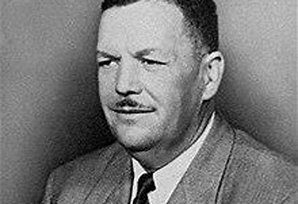
"American History. Not, CRT.
January 10, 2016 will mark the 50th anniversary of the murder of civil rights martyr and American hero, Vernon Ferdinand Dahmer. He was a civil rights leader, community leader, and businessman in Hattiesburg, Mississippi. In the early hours of January 10, 1966, members of the Ku Klux Klan shot into and firebombed the home he shared with his wife and children in the Kelly Settlement section of Hattiesburg. It occurred soon after he announced on local radio that he would accept poll taxes at his grocery store and take them to the Forrest County Voting Registrar, Theron Lynd. He offered to pay the poll taxes for those who could not afford them. In doing so, he was going up against the formidable Lynd, who had a reputation for failing most blacks on the literacy test when they tried to register to vote."
Vernon F. Dahmer

mellowyellow
Well-known Member
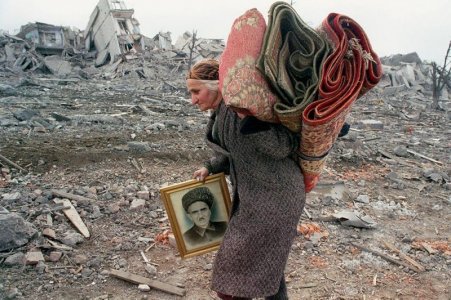
GROZNY, CHECHNYA
This woman leaves town with all that is left of her house and memories of her family. The Russians dynamited the houses for fear of the return of the Chechen fighters
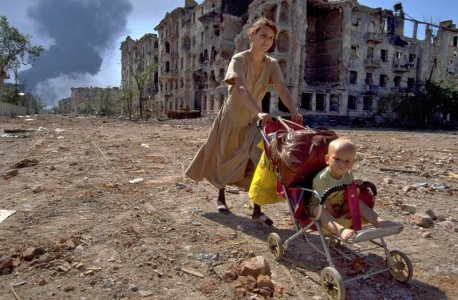
GROZNY, CHECHNYA
Last day of the war.
In 2003, the United Nations called Grozny the most destroyed city on Earth
Photo Credit: Eric Bouvet
Chechnya is predominantly Muslim. Chechens are overwhelmingly adherents to the Shafi'i Madhhab of Sunni Islam, the republic having converted to Islam between the 16th and the 19th centuries.
Last edited:
mellowyellow
Well-known Member
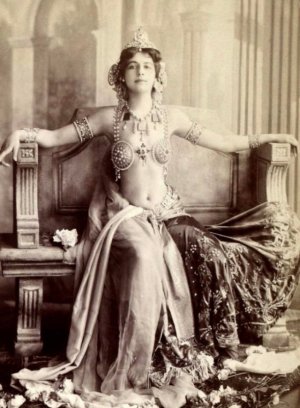
Mata Hari was a Dutch exotic dancer and courtesan who was accused of spying for the Germans during WW1 . Many people still believe she was innocent, and condemned only because the French were looking for a scapegoat. It is true that in her final moments, she denied a blindfold and stared steadfastly at her firing squad as a priest, nuns, and her lawyer backed away. She did not however, blow a final kiss before she died, rather “she did not move a muscle.”
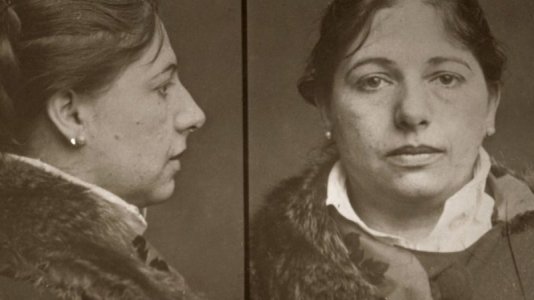
mellowyellow
Well-known Member

On Aug. 5, 1945, Paul Tibbets piloted the B-29 Enola Gay to Hiroshima and dropped the world’s first atomic bomb. He later served in the Strategic Air Command, served a tour with NATO and established the National Military Command Center in the Pentagon
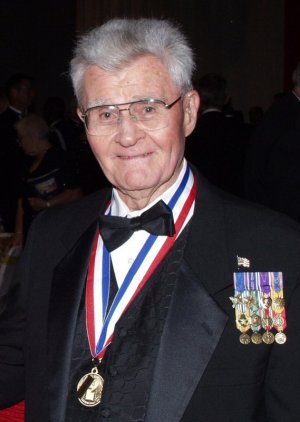
Gen. Paul Tibbets was enshrined in the National Aviation Hall of Fame in 1996.
Pappy
Living the Dream
RnR
Member
- Location
- Gold Coast, Queensland

1535 – Spanish conquistador Francisco Pizarro founds Lima, the capital of Peru.
The history of Lima capital of Peru, began with its foundation by Francisco Pizarro in 1535. In 1532 a group of Spanish conquistadors, led by Francisco Pizarro, defeated the Inca ruler Atahualpa and took over his Empire. As the Spanish Crown had named Pizarro governor of the lands he conquered, he chose the Rímac river valley to found his capital on January 18, 1535 as Ciudad de los Reyes, the City of the Kings.
Pizarro meets with the Inca Emperor Atahualpa, 1532. Pizarro and his followers in Lima in 1535.

Over the next few years, Lima shared the turmoil caused by struggles between different factions of Spaniards. At the same time it gained prestige as it was designated capital of the Viceroyalty of Peru and site of a Real Audiencia (appeals court) in 1543. In the 17th century, the city prospered as the centre of an extensive trade network despite damage from earthquakes and the threat of pirates. However, prosperity came to an end in the 18th century due to an economic downturn and the Bourbon Reforms, a revised set of economic and political legislation promulgated by the Spanish Crown.
Jirón de la Unión was the main street of Lima in the early 20th century.

The population of Lima played an ambivalent role in the 1821–1824 Peruvian War of Independence; the city suffered exactions from Royalist and Patriot armies alike. After independence, Lima became the capital of the Republic of Peru. It enjoyed a short period of prosperity in the mid-19th century until the 1879–1883 War of the Pacific when it was occupied and looted by Chilean troops.
After the war, the city went through a period of demographic expansion and urban renewal. Population growth accelerated in the 1940s spurred by immigration from the Andean regions of Peru. This gave rise to the proliferation of shanty towns as public services failed to keep up with the city expansion.
The National University of San Marcos.

The National University of San Marcos in Lima, founded on May 12, 1551 during the Spanish colonial regime, is the oldest continuously functioning university in the Americas.
With a population of more than 10 million today, Lima is the most populous metropolitan area of Peru and the third-largest city in the Americas, behind Sao Paulo and Mexico City.
Lima today.

More.
mellowyellow
Well-known Member
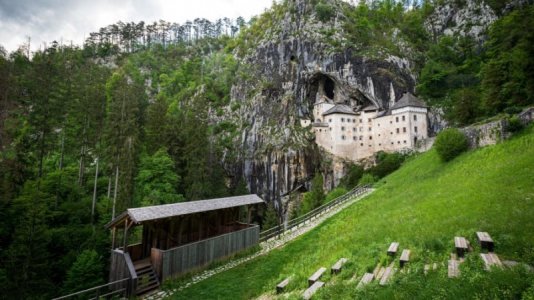
Predjama is one of the most extraordinary castles in the world, built in the mouth of a cave complex at the end of a valley in southwest Slovenia. Set halfway up a 400-foot (123-meter) vertical cliff face, it appears in records from 1202 and is listed by Guinness World Records as the world's largest cave castle.
mellowyellow
Well-known Member
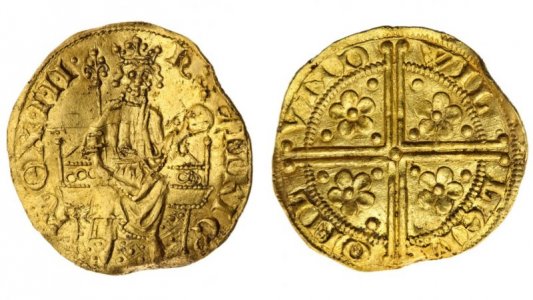
The "Henry III gold penny," which was unearthed on farmland in Devon, in the country's southwest, was minted in about 1257 and depicts the former English king sitting on an ornate throne, holding an orb and sceptre. It is one of only eight such coins known to exist, many of which are in museums. The finder, who wishes to remain anonymous, didn't realize how valuable the coin was until he posted a photograph of the penny on Facebook.


